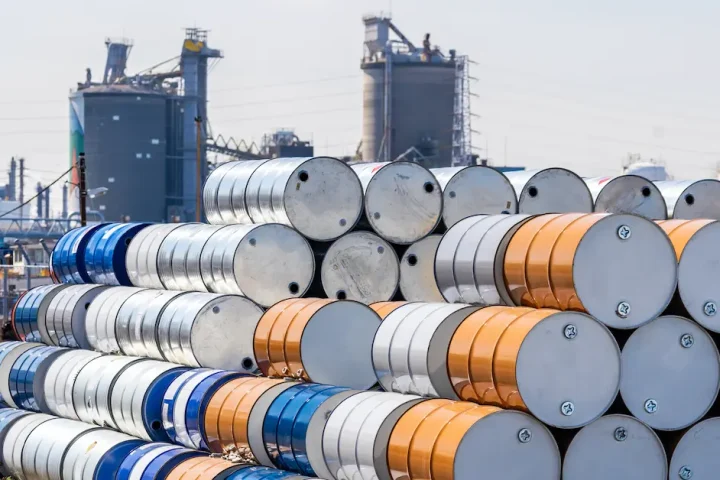.
Marcuard's Market update by GaveKal Dragonomics
Markets were taken off-guard by a sudden depreciation of the renminbi in the past week. Are we seeing the end of the era of RMB appreciation against the dollar, as some analysts now argue? Or are we simply seeing a move engineered by the People’s Bank of China (PBC) to take the edge off speculative inflows driven by the perception that the renminbi was a one-way bet? The second explanation is obviously the right one.
It is true that the moves have been big, by Chinese standards. Since last Tuesday, the onshore CNY and offshore CNH depreciated 0.5% and 1% against the dollar, the biggest weekly moves since 2012 and 2011 respectively. Some observers have leapt to the conclusion that Beijing is spooked by slower economic growth and the recent sharp devaluations by emerging-market competitors, and now wants to drive the currency lower to keep its exports competitive. This would signal the end of the policy of nominal RMB appreciation against the dollar which has been in place since mid-2005, except for an 18-month hiatus following the September 2008 global financial crisis.
We don’t buy it. Let’s start by recalling the foundations of Beijing’s exchange-rate strategy. Unlike Japan and Korea, China has no record of pushing the nominal exchange rate down in order to help out exporters. At crisis moments when many countries would have opted for a sharp devaluation—notably during the 1997 Asian crisis and the 2008 global crisis—China instead held the nominal USD value of its currency firm, and in both cases endured a severe hit to exports. Today, Chinese exports are doing just fine: they rose 10% YoY in January, a far better performance than that of any regional or emerging market peer. So it is hard to see why the PBC would suddenly see a need to reverse a long-standing and successful currency policy to juice exports.
China’s exchange-rate policy is not driven by a simple mercantilist export-at-all-costs mentality. Rather it reflects the following combination of aims: a) pressure exporters to raise their technological game, by forcing them to absorb gradual price rises; b) keep in check China’s politically sensitive current account surplus, which has fallen from 10% of GDP in 2007 to under 3% today; and c) convince foreign investors that its currency is a stable store of value, and that neither direct investment on the mainland, nor investment in RMB financial assets offshore, will be imperiled by sudden currency swings. Of these aims, c) is probably the most important, and it explains why China resorted to a (costly) temporary hard peg in the 1997 and 2008 crises, rather than devaluing.
This strategy is coherent and has generally worked well, although the pace of appreciation has been periodically adjusted. The obvious flaw is that it encourages speculative capital inflows enticed by the apparent one-way bet. So from time to time the PBC needs to take the air out of the trade by engineering—or permitting—a depreciation or higher volatility. To be effective, these interventions need to convince enough people that “the era of RMB appreciation is over.” This explanation fits the facts of the present case quite nicely.
It is clear that last week’s depreciation was driven by the PBC, not the market. Since September 2012 the CNY’s spot market value has been higher than the PBC’s central parity, and over the past 12 months monthly forex inflows have reached record levels. What started the rout was not a change in the market view but the PBC’s hiking of the central CNY/USD parity last Tuesday, which was accompanied by massive US dollar buying by state-owned banks. Since then the PBC’s daily fixing has continued to rise (i.e., the PBC has pushed the currency’s value down), to 6.119 from 6.105 a week ago. Spot rates have sold off far more dramatically. This is probably because a lot of long CNY or CNH positions were unwound in a hurry.
Why did the PBC choose to act now? The best explanation is that it judged that speculative inflows driven by appreciation expectations had reached worrisome levels and needed to be reined in. The cause for alarm is evident in the difference between offshore CNH and onshore CNY rates, which is an indicator of appreciation expectations. This spread rose to a 12-month high in January. The last time CNH was so much more expensive than CNY was in January 2013, when there were massive speculative capital inflows.
Once the dust settles—which could well be a few months from now—the RMB will resume its upward course against the dollar, although the pace could well be slower as Beijing implements a structural economic reform program. The era of a weak Chinese currency is not yet upon us.







